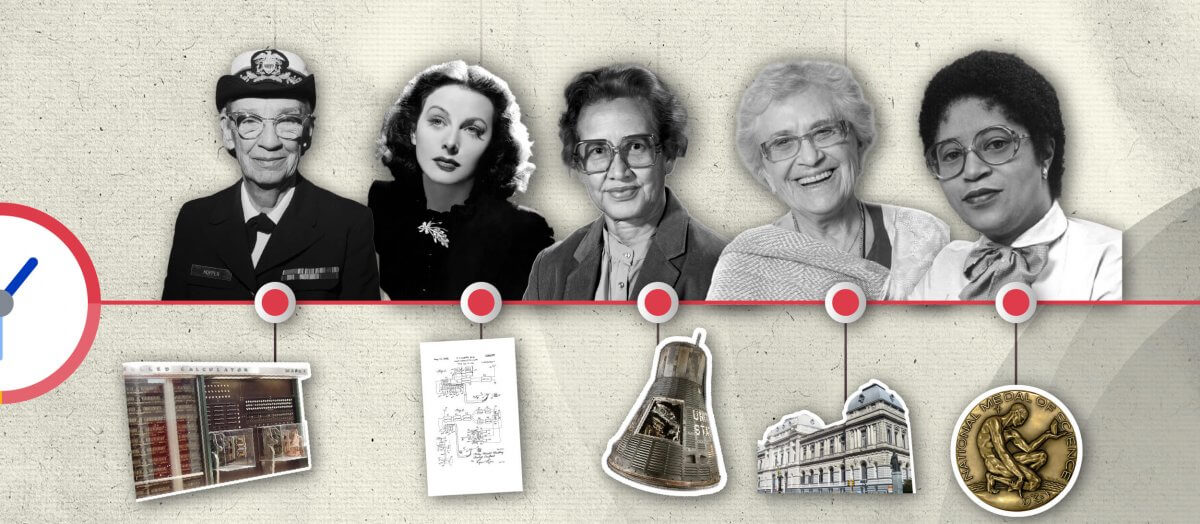
Today marks the deadline for public comments to the President’s interagency Broadband Opportunity Council, which was established earlier this year to explore how executive branch agencies can promote broadband deployment, adoption, and competition.
The Internet Association welcomes this outreach. The data show that the U.S. increasingly is in danger of falling behind in broadband compared to other nations. In its “State of the Internet” report, Internet infrastructure provider Akamai measures actual broadband speeds delivered into homes in various countries, including the U.S. According to Akamai’s 2014 numbers, the U.S. does not appear in its top 10 list, delivering an average speed of only 11.4 mbps. To put this in context, South Korea’s equivalent number is 24.6 mbps.
Broadband adoption is key to our competitiveness as a nation. For the U.S. to remain a global leader in the virtuous circle of innovation, we need better and faster broadband for everyone who wants it. We need broadband abundance from sea to shining sea.
We could further analyze the roots of the problem – starting with lack of robust competition between broadband access providers – but the Internet Association prefers to focus on solutions. We are pragmatists. If government has a role in keeping the U.S. competitive when it comes to broadband adoption and promoting competition, we’re all for it.
The Broadband Opportunity Council has been charged with proposing roles the government could play in furthering broadband abundance. Included is promotion of public and private investment in broadband deployment. Our suggestion is simple – use the power of the federal purse strings to make it happen. That doesn’t necessarily mean additional spending, just more thoughtful spending.
We all know that the federal government spends billions on infrastructure every year, including on IT expenditures. Perhaps less well understood is the role that expenditures can play in nudging markets toward better policy outcomes. For example, where it has buying power, the government has facilitated interoperability between vendors of IT infrastructure. A case in point is cloud computing: NIST has used USG’s $20 billion cloud computing budget to convene and facilitate standard setting between cloud vendors. This $20 billion buys the government a lot of cooperation.
Similarly, the power of the federal purse can facilitate broadband deployment and adoption. For example, many federal buildings are broadband deserts. The Council could work with the General Services Administration (GSA) and HUD to require broadband conduit and wiring and Wi-Fi access points to enable broadband connectivity in and around government-owned, leased, and operated buildings. GSA also could require fiber-optic cable for new federal buildings to enable faster broadband speeds than can be carried over traditional copper wires. Additionally, GSA awards of Wire and Cable Services (WACS) Contracts for broadband wiring could require use of fiber-optic systems as part of any contractor bids.
By using its purse strings to nudge broadband deployment in its own backyard, the government could play a significant leadership role in furthering the virtuous circle of investment and innovation.










